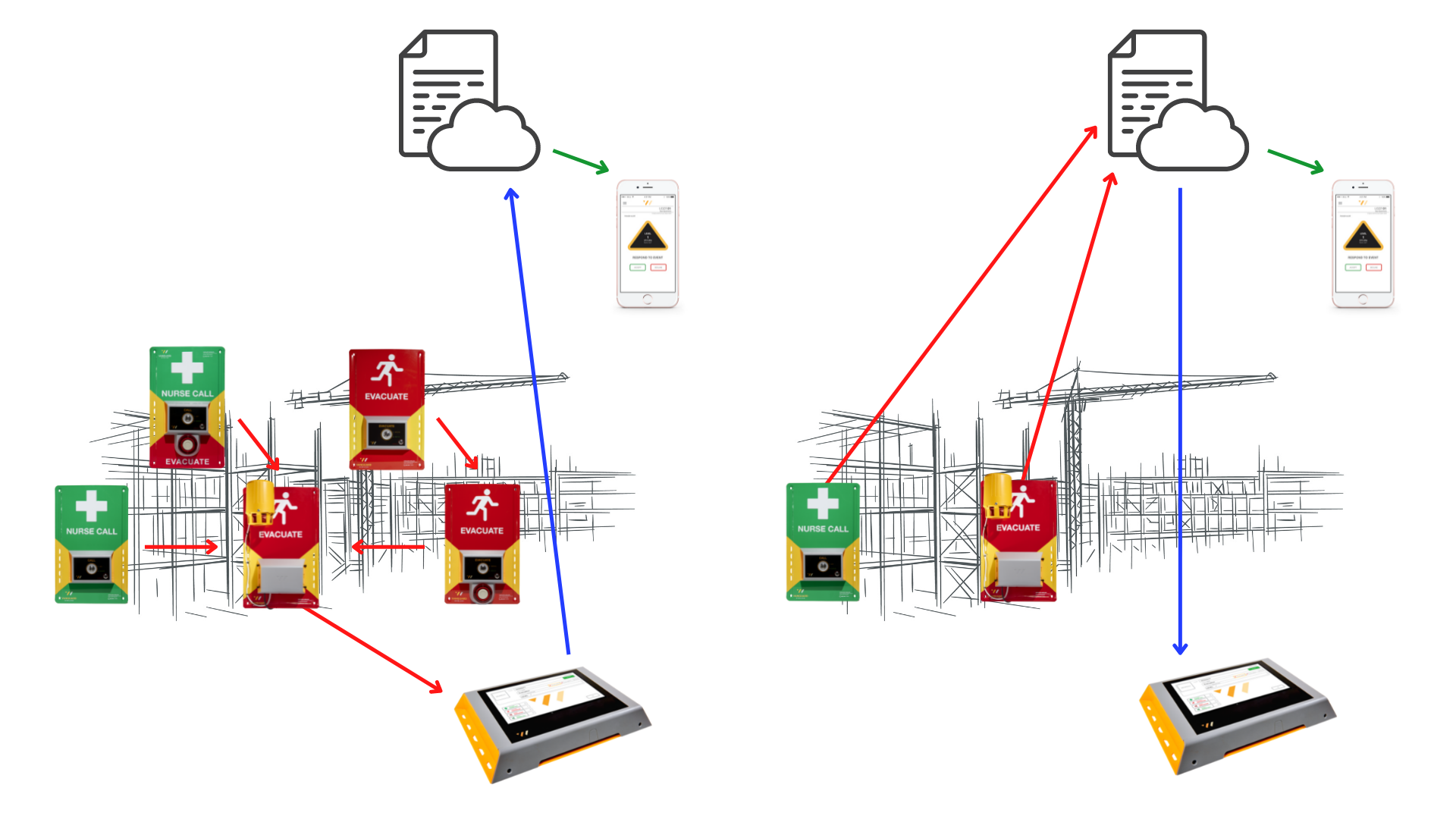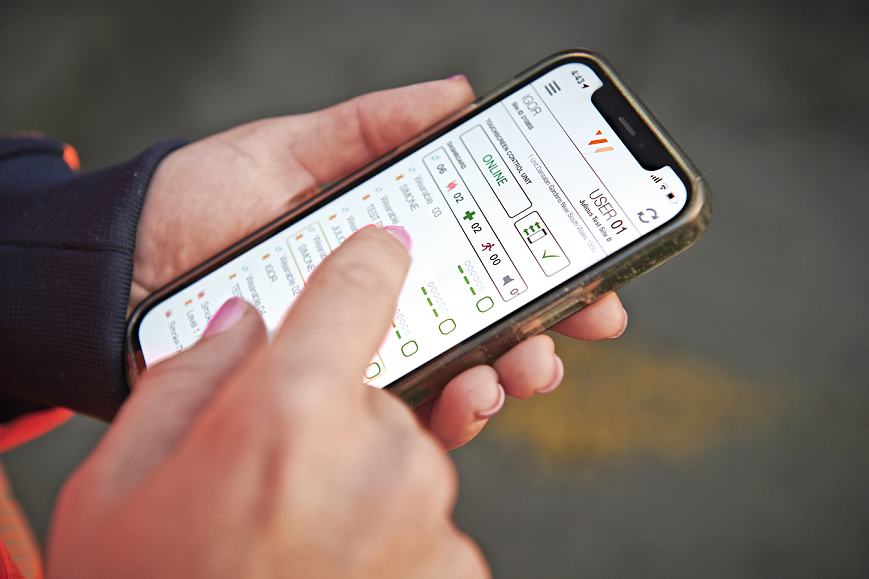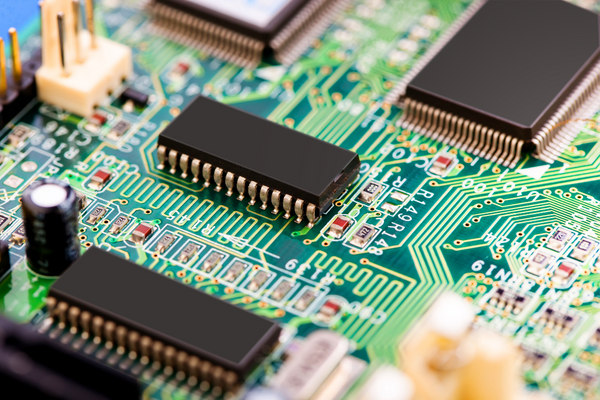When you were younger you probably played with a set of walkie talkies. You took one and your friend took the other, then you spread out and talked to one another. But there were limits - range, obstructions, and battery life - which impacted how far apart you could stand from one another, and how long you could use them before recharging.
On a construction site, UHF radios can play an important part in on site communications. Generally managers have one, plus key personnel such as crane operators. Because radio frequency devices simply rely on establishing a network with other devices, they can be used practically anywhere. They deliver wireless communications at low cost.
But sometimes a radio frequency network is hard to establish with one system. This could be due to issues with range or obstructions. We've had a customer operate a site across a multi story building, but the site areas were levels 1, 2, 3, 11, 12, 16, 17, and 18. In this instance we couldn't just use RF connected devices, because a viable network couldn't be created across those distances. Generally this would mean the site would need three separate systems, which isn't cost effective, or to risk not have a system on some areas of the site, which isn't safe.
This is when our cellular connected devices come into their own. Each device connects to the rest of the system via the cloud server, so range isn't an issue. As long as the TCU (the control panel) has internet access, cellular devices can communicate with it and the smartphone app.
The best part? A system can actually use both types of devices within the same network so that all areas of the site are covered and all workers are able to easily call for help if they need it.
This graphic demonstrates how each system forms a network. On the LHS, RF enabled devices connect with one another and the TCU. If the TCU is connected to the internet, data is pushed to the cloud server, which is then pushed to our smartphone app and web-based user portal. On the RHS, cellular devices connect to the cloud server individually, which then pushes data to the TCU and smartphone app.

Each device is built with an internal RF or cellular chip and is shipped already connected to the system, so all you need to do is power up the devices, place them where they need to be, and assign them a level and location so when an emergency is triggered, you know its location (e.g. level 7, Smith street entry). If you're using rechargeable batteries for triggers or combined trigger + sire devices, then you're accessing a truly wireless option.
This is why we design every system for each site's layout and specific needs. You don't need a device on every story of your build and you don't need to install multiple systems across the site. You can access an RF or cellular or RF & cellular system that delivers what you need, where you need it.
Speak to our team today about your project.


